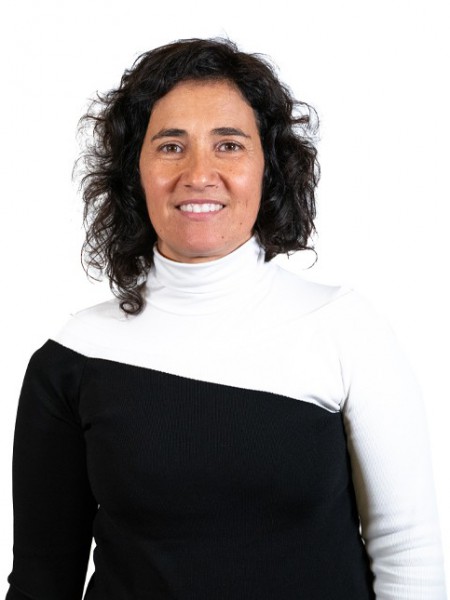resumo
The influence of locust bean gum (LBG) galactomannans (GMs) molecular weight (Mw) to assemble microparticulate systems was evaluated, and carriers for deep lung delivery were developed. A commercial batch of LBG with a mannose/galactose (M/G) ratio of 2.4 (batch 1) was used to study the influence of different microwave partial acid hydrolysis conditions on carbohydrate composition, glycosidic linkages, and aqueous solutions viscosity. The microwave treatment did not affect the composition, presenting 4 -Man (36 -42 %), 4,6 -Man (27 -35 %), and T -Gal (24 -25 %) as the main glycosidic linkages. Depolymerization led to a viscosity reduction ( <= 0.005 Pa & sdot;s) with no major impact on polysaccharide debranching. The structural composition of the LBG galactomannans were further elucidated with sequence-specific proteins using carbohydrate microarray technologies. A second batch of LBG (M/G 3.3) was used to study the impact of GMs with different Mw on microparticle assembling, characteristics, and insulin release kinetics. The low-Mw GMs microparticles led to a faster release (20 min) than the higher-Mw (40 min) ones, impacting the release kinetics. All microparticles exhibited a safety profile to cells of the respiratory tract. However, only the higher-Mw GMs allowed the assembly of microparticles with sizes suitable for this type of administration.
palavras-chave
LOCUST BEAN GUM; SUPERHEATED WATER EXTRACTION; DRUG-DELIVERY; SIZE; CAROB; ACETYLATION; RELEASE; INSULIN; GUAR
categoria
Chemistry; Polymer Science
autores
Galrinho, MF; Silva, LM; Lopes, GR; Ferreira, BAC; Valente, SA; Ferreira, I; Pinheiro, BA; Palma, AS; Evtuguin, D; da Silva, JAL; Almeida, M; Ferreira, P; Cruz, MT; Coimbra, MA; Passos, CP
nossos autores
Grupos
G2 - Materiais Fotónicos, Eletrónicos e Magnéticos
G4 - Materiais Renováveis e Economia Circular
G5 - Materiais Biomiméticos, Biológicos e Vivos
Projectos
Collaboratory for Emerging Technologies, CoLab (EMERGING TECHNOLOGIES)
CICECO - Aveiro Institute of Materials (UIDB/50011/2020)
CICECO - Aveiro Institute of Materials (UIDP/50011/2020)
Associated Laboratory CICECO-Aveiro Institute of Materials (LA/P/0006/2020)
agradecimentos
The authors thank Fundacao para a Ciencia e Tecnologia (FCT) co- financed by Programa Operacional Competitividade e Internacionalizacao, Portugal 2020 and Uniao Europeia by the FEDER (FCT-Compete2020-Portugal 2020 - FEDER/EU) N degrees POCI-01-0145-FEDER- 029560, the project "PulManCar". Thanks are also due to the University of Aveiro and FCT for the financial support for the LAQV-REQUIMTE (UIDB/50006/2020) , and CICECO-Aveiro Institute of Materials, UIDB/50011/2020 (DOI 10.54499/UIDB/50011/2020) , UIDP/50011/2020 (DOI 10.54499/UIDP/50011/2020) & LA/P/0006/2020 (DOI 10.5 4499/LA/P/0006/2020) and CEF, UIDB/00239/2020, both Centres financed by national funds through the FCT/MCTES (PIDDAC) . Lisete M. Silva contract, Sara Valente, and Isabel Ferreira MSc. grants were supported by project "PulManCar". Sara Valente and Claudia Passos thank FCT for the individual grant (DFA/BD/5430/2020) and for funding through the Individual Call to Scientific Employment Stimulus (https://doi.org/10.54499/CEECIND/00813/2017/CP1459/CT0053) , respectively.




